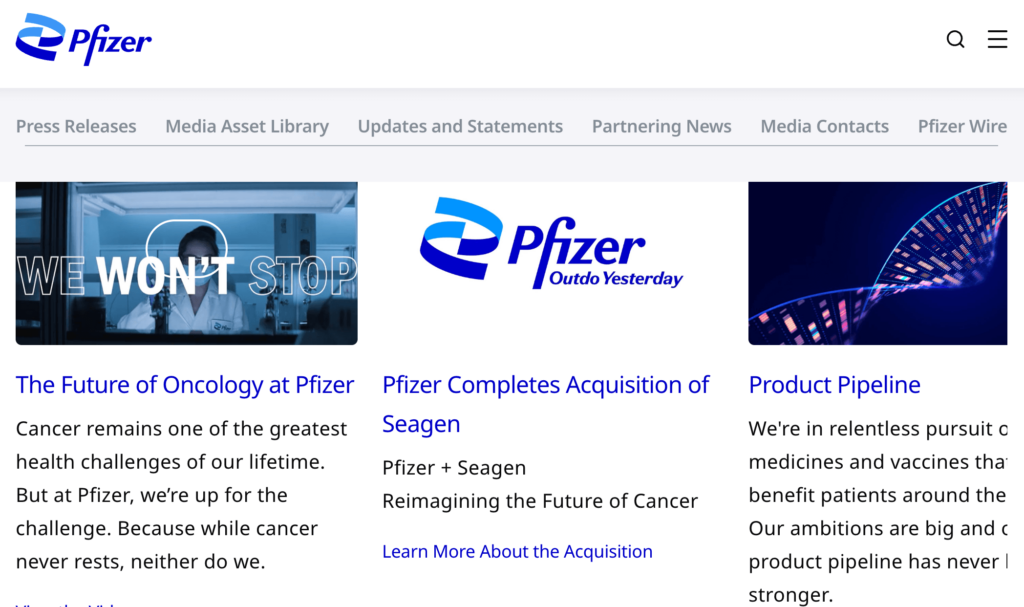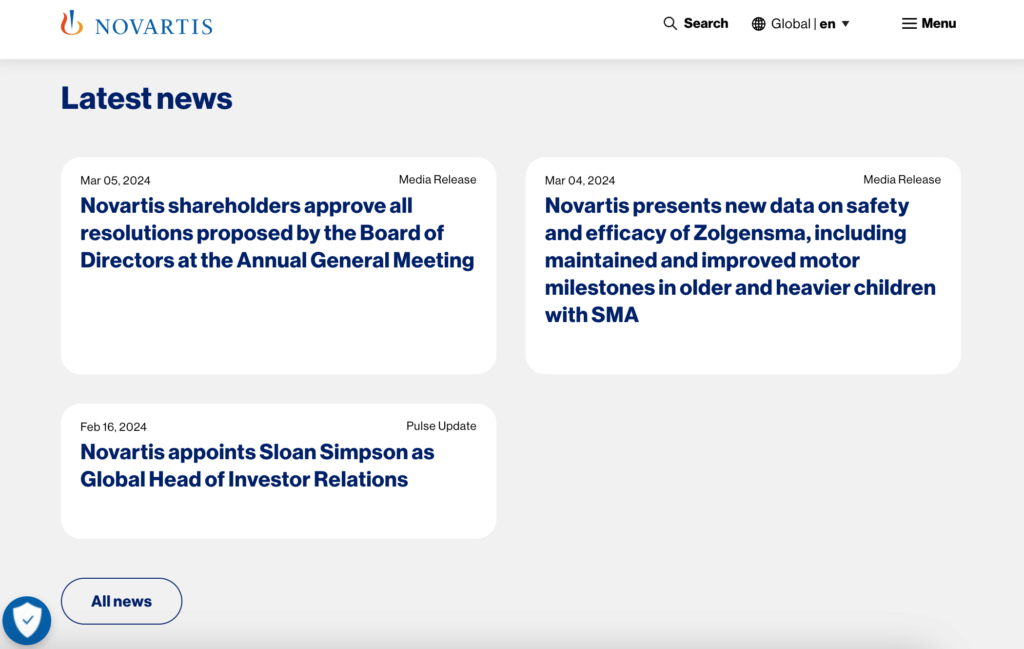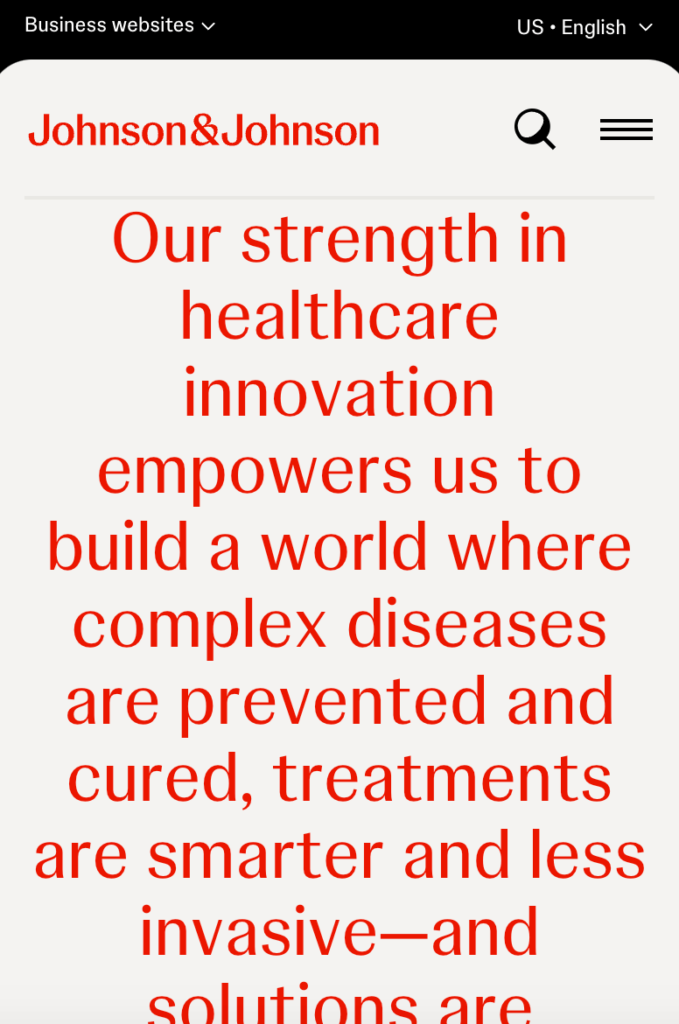5 Effective Pharmaceutical Marketing Strategies (with Examples and 4Ps)
Pharmaceutical marketing comes with its unique challenges and opportunities. And we know that your aim, as a pharmaceutical marketing professional, is to craft strategies that not only comply with regulations but also effectively reach and engage your target audience. ...

Pharmaceutical marketing comes with its unique challenges and opportunities. And we know that your aim, as a pharmaceutical marketing professional, is to craft strategies that not only comply with regulations but also effectively reach and engage your target audience.
In this article, we will provide you with 5 proven pharmaceutical marketing strategies, incorporating the latest trends and examples to guide your campaigns.
What Are the 4Ps of Pharmaceutical Marketing?
Before diving into the strategies, it’s crucial to grasp the foundational 4Ps of pharmaceutical marketing: Product, Price, Place, and Promotion.
These elements will act as your compass in navigating the pharmaceutical landscape.
Product
The product lies at the core of the pharmaceutical marketing strategy. Regarding this P, the key is to differentiate the product and articulate a clear value proposition.
You should address the specific needs and expectations of the target audience, emphasizing clinical effectiveness and safety to medical professionals for prescription drugs, and highlighting benefits and ease of use to consumers for over-the-counter products.
Price
A pharmaceutical pricing strategy should reflect the value your product delivers, taking into account market demand, factors such as development costs, and the needs of patients and healthcare providers.
In this industry, addressing affordability is crucial, as many patients may struggle with the cost of medications.
Place
Ensuring the product is accessible where your target customers are most likely to look for it is a vital component of your strategy. Distribution channels play a key role in ensuring pharmaceutical products are accessible to target customers.
Whether through pharmacies, hospitals, or direct sales to patients, choosing the right distribution channel involves considering the product’s characteristics and the preferences and needs of the target audience. For instance, prescription drugs are usually distributed through wholesalers and pharmacies, while vaccines might be distributed through government agencies.
Promotion
Creative promotional strategies are crucial for communicating the benefits of pharmaceutical products, which include advertising across various media, working with the media for positive publicity, promotions, and direct marketing to healthcare professionals and patients.
Additionally, you should be sure that your promotion strategy adheres to regulations and ethical considerations to maintain trust and safety. For example, pharmaceutical companies must avoid misleading claims.
What Are the Main Challenges in Pharmaceutical Marketing?
The pharmaceutical marketing landscape in 2024 presents numerous yet manageable challenges due to the industry’s dynamic nature and regulatory constraints.
Among these challenges, the need for qualified professionals to sustain innovation and growth comes first. And the complex process of collecting and the large volumes of data required to be analyzed are next in line.
The pharmaceutical industry is also called to increase transparency in its operations, from clinical trial data to drug availability, while data security remains a huge concern as companies store patient and research information, facing threats from cyber-attacks.
These challenges underline the importance of a well-thought-out approach to pharmaceutical marketing, where innovation and ethical considerations lead marketing professionals to form strategies that are not only effective but also responsible and patient-centric.
5 Proven Pharmaceutical Marketing Strategies
You can elevate your pharmaceutical marketing strategy and stay ahead of your competitors in this way:
Sharing news effectively is one of the central elements of pharmaceutical marketing. It is all about striking a balance between transparency and actively engaging with your target audience.
You should share regular updates about the latest advancements, research outcomes, and introductions of new products. This way, you will open a direct line of communication while increasing your credibility among healthcare professionals and patients.
For example, pharmaceutical giants like Pfizer and Novartis have mastered this strategy through their dedicated newsrooms.


These newsrooms act as both a source of the latest scientific discoveries and an educational tool. By consistently providing valuable information, these companies ensure they are seen as reliable and authoritative voices in the health sector.
2.Develop a Helpful App
By developing a helpful application, you can demonstrate your forward-thinking approach to pharmaceutical marketing strategies, aiming to seamlessly connect complex medical insights with accessible digital platforms. And, you won’t miss out on the chance to reach out to a larger audience through the app stores. A successful app will improve your engagement with both healthcare providers and patients by offering them valuable resources through applications.
A notable example of this strategy is Novartis, which has introduced an app specifically tailored for healthcare professionals.

This app gathers essential medical information and resources in a user-friendly format, aiding in the clinical decision-making process.
Developing a pharmaceutical app reflects a keen understanding of the varied needs of its users, prompting pharmaceutical companies to craft applications that focus on both healthcare professionals and the general public. For the former, features might include access to pharmaceutical databases, the latest clinical trial findings, and interactive educational tools for patient consultation. And for the latter, the focus could be on functionalities like medication reminders, health tracking interfaces, and customized health guidance.
3.Increase Your Organic Traffic with SEO
Crafting an effective healthcare SEO strategy is about fine-tuning your website and content so they rank higher in search engine results pages (SERPs). By doing so, you will increase visibility and engagement from healthcare professionals and patients alike.
To start, keyword research is fundamental. It involves identifying the words and phrases your target audience typically uses to find medical information or products online. By embedding these keywords naturally in your content, titles, and meta descriptions, you make your site more discoverable to those queries. Local search optimization is also key for attracting potential patients or professionals within specific regions.
Content quality is also one of the most important elements that you should consider. Search engines do favor content that is truly informative, accurate, and user-friendly, which means it is easy to read. This requires you to craft detailed and helpful content that directly addresses the questions and needs of your audience.
Besides the quality of the content, you should also update your website regularly with fresh and authoritative content. This way, you can signal to search engines that you’re a relevant and up-to-date source of medical information, which can elevate your SEO standings.
Technical SEO should also be a key player in your pharmaceutical marketing strategy. A mobile-friendly, quick-loading, and secure website (using HTTPS) provides a better user experience, a factor that significantly influences how search engines rank sites. Additionally, by implementing structured data markup, you help search engines understand your site’s content more effectively, potentially enhancing your visibility in search results.
Last but not least, with a solid backlink profile established through links from reputable and related external sites, you can also significantly increase your website’s authority and search rankings. And active participation in community discussions, guest posting on esteemed sites, and forming partnerships with healthcare entities are strategies that you can use to enrich your backlink profile, which will boost your overall SEO efforts.
4.Influence and Attract People on Social Media
You can bridge the gap between pharmaceutical companies and diverse audiences with the help of healthcare social media marketing.
Platforms like Instagram serve as vital channels where companies like Sanofi and Bayer excel at making complex health information more accessible and relatable through healthcare marketing campaigns.
The key to the pharmaceutical social media marketing approach lies in its ability to not just broadcast information but to invite the audience into a real dialogue and create a space where interactions feel more like conversations among community members than a one-way flow of information.
For instance, when Sanofi highlights the achievements and aspirations of its scholars, it puts an emphasis on the importance they give to inclusivity in healthcare and invites its audience to be a part of this story.
Bayer, through its focus on sustainability efforts like The Nutrient Gap Initiative, showcases a commitment to addressing global health challenges through innovation, and leads its audience to engage with their content.
In short, to have such a strategic use of social media, you should provide valuable health information, demonstrate social responsibility, and engage with followers in a meaningful way.
5.Make Your Medical Web Design User-Friendly
An effective medical web design should effortlessly lead visitors through their healthcare exploration, ensuring they can find what they’re looking for without any hassle. This includes making information, resources, and support readily accessible with a clear and intuitive layout.
A well-designed website is never limited to being visually appealing, as it should create an environment where users feel informed, supported, and guided. You should ensure that your site is responsive and easy to navigate on various devices, from desktops to smartphones. For example, Johnson & Johnson provides its website visitors with an easy-to-use website both on desktop and mobile.

Such attention to detail not only leaves a lasting positive impression but also significantly enhances the overall experience of your audience, encouraging them to return and engage with your content more deeply.
Instead of applying all these above-mentioned pharmaceutical marketing strategies, you can adopt your strategic approach with a healthcare digital marketing agency that can significantly enhance pharmaceutical marketing efforts. Such collaboration will ensure that your strategy is expertly tailored to engage and resonate with the intended audience, and you will foster deeper trust and engagement within the sector.

 Koichiko
Koichiko 







![How Consumers Prefer to Interact With Brands [HubSpot Blog Survey]](https://blog.hubspot.com/hubfs/customer-interact-2017.jpg#keepProtocol)






















